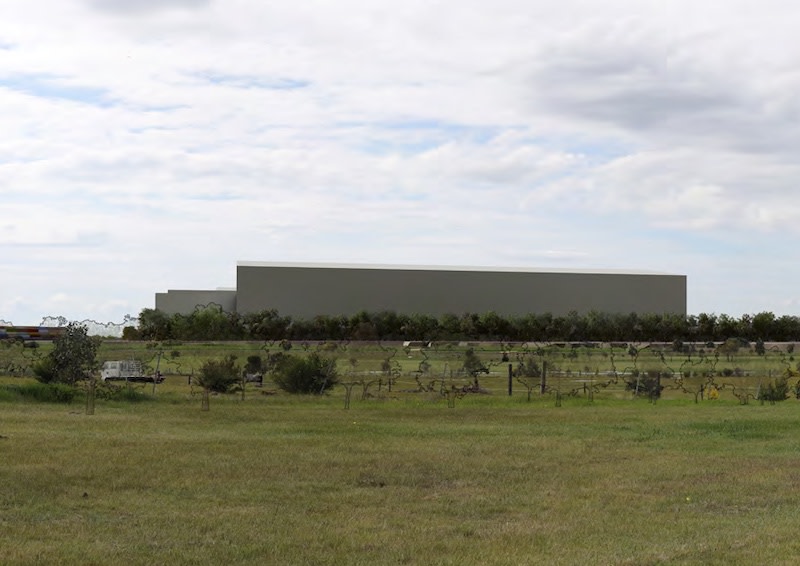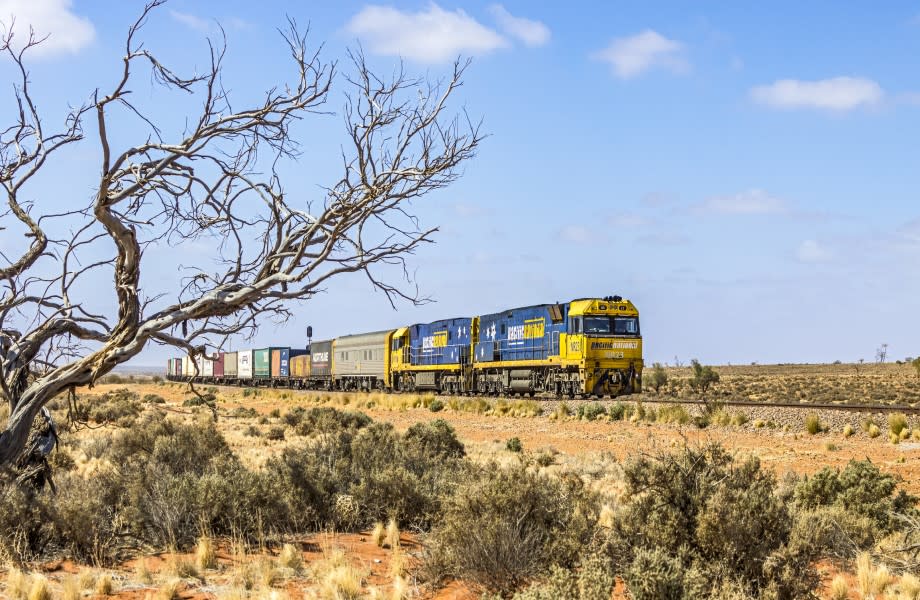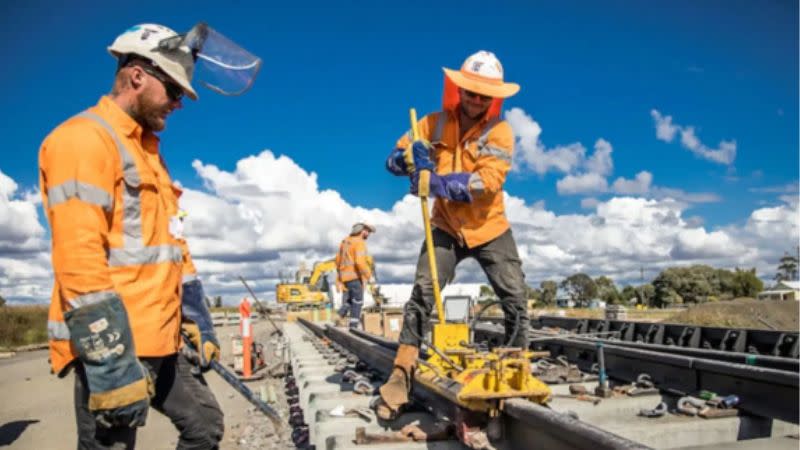Resources
Newsletter
Stay up to date and with the latest news, projects, deals and features.
Subscribe
Pacific National’s plans for a freight terminal near Geelong have moved forward and are under assessment by the Victorian Department of Transport and Planning.
The application for an environmental effects statement assessment was accepted by the department on October 17, 2023. A response is required within 20 business days.
Pacific National is the largest private freight company in Australia and is planning the Western Intermodal Freight Terminal (WIFT) for a 540ha site at Little River, 44km south-west of the Melbourne CBD.
It is expected to create more than 3500 jobs when at full capacity and will connect the western freight zone to the federal government’s Inland Rail project.
Pacific National chief executive Paul Scurrah said more terminals would be needed as freight volumes grew.
“Numerous past studies and the view of industry is that in the not-too-distant future, Victoria will require the development of a number of interstate intermodal terminals to meet forecast growth in containerised freight volumes in the national supply chain,” Scurrah said.
Part of the predicted increase will be due to the Inland Rail project.

Pacific National will end its current lease at the South Dynon terminal in 2031.
The company has secured an option over the Little River site to build the terminal and also develop a logistics precinct.
Located on the interstate rail corridor west of Melbourne’s CBD and port, the plan has experienced fierce community opposition with more than 600 residents voicing concern it would disrupt their rural lifestyle and surroundings.
More than 70 per cent of containerised rail volumes in the state are in the western freight zone as it is just 39km from the Port of Melbourne by rail.
Pacific National has invested $20 million in securing land options in Little River and begun detailed planning and design work.
The initial plan is to have the 80ha terminal operational by 2026 with more than 200 direct rail freight jobs.

Pacific National is also securing key sites along the Inland Rail project to be able to benefit not just on freight volume increases between Melbourne and Brisbane but also across the Nullabor to Western Australia.
There are about three million tonnes of containerised freight hauled annually by rail from Melbourne to Adelaide and on to Perth.
The Little River site would be in a key location to benefit from that freight movement.
Pacific National has also invested $35 million in what will be regional Australia’s largest intermodal terminal at Parkes in NSW’s Central West as well as securing the Acacia Ridge Terminal in South-East Queensland for $205 million.
Both are key sites in the Inland Rail project.

The Melbourne end of the Inland Rail project is at Beveridge, 55km north of the Melbourne CBD, but Scurrah does not think that that is a good location for an intermodal terminal.
“Containers picked up by trucks and hauled from the port or a warehouse in Melbourne’s western freight zone will simply travel up the Hume Freeway (M31),” Scurrah said.
“It will always be cheaper for those large trucks loaded with freight to keep going, drive past the gates of a terminal in Beveridge and deliver their goods by road across the state border into NSW.”
Scurrah also said that more infrastructure was needed to deliver a Western Intermodal Freight Terminal.
“Unfortunately delays and funding blocks in progressing the WIFT option, including the proposed enabling infrastructure called the Outer Metropolitan Ring transport corridor, mean a terminal cannot be delivered in time to meet industry needs and ahead of completion of the Inland Rail in 2027,” he said.
The company has estimated that a terminal at Beveridge would mean an additional 250,000 unnecessary truck trips each year by 2031 with an extra 900,000km a day by 2031 and an additional 470,000 tonnes of CO2 emissions by 2031.
These figures are then estimated to increase to more than 400,000 truck trips a year, more than 1.5 million km per day and nearly 800,000 tonnes of CO2 emissions by 2050.
Scurrah also said there were more benefits to using rail over road for freight particularly in terms of safety.
“Road freight produces 14 times greater accident costs than rail freight per tonne kilometre and up to 16 times more carbon pollution as rail freight per tonne kilometre,” Scurrah said.
The company has estimated that currently less than 2 per cent of containerised freight is transported by rail between Melbourne and Sydney and less than 5 per cent of general freight is transported by rail between Sydney and Brisbane.